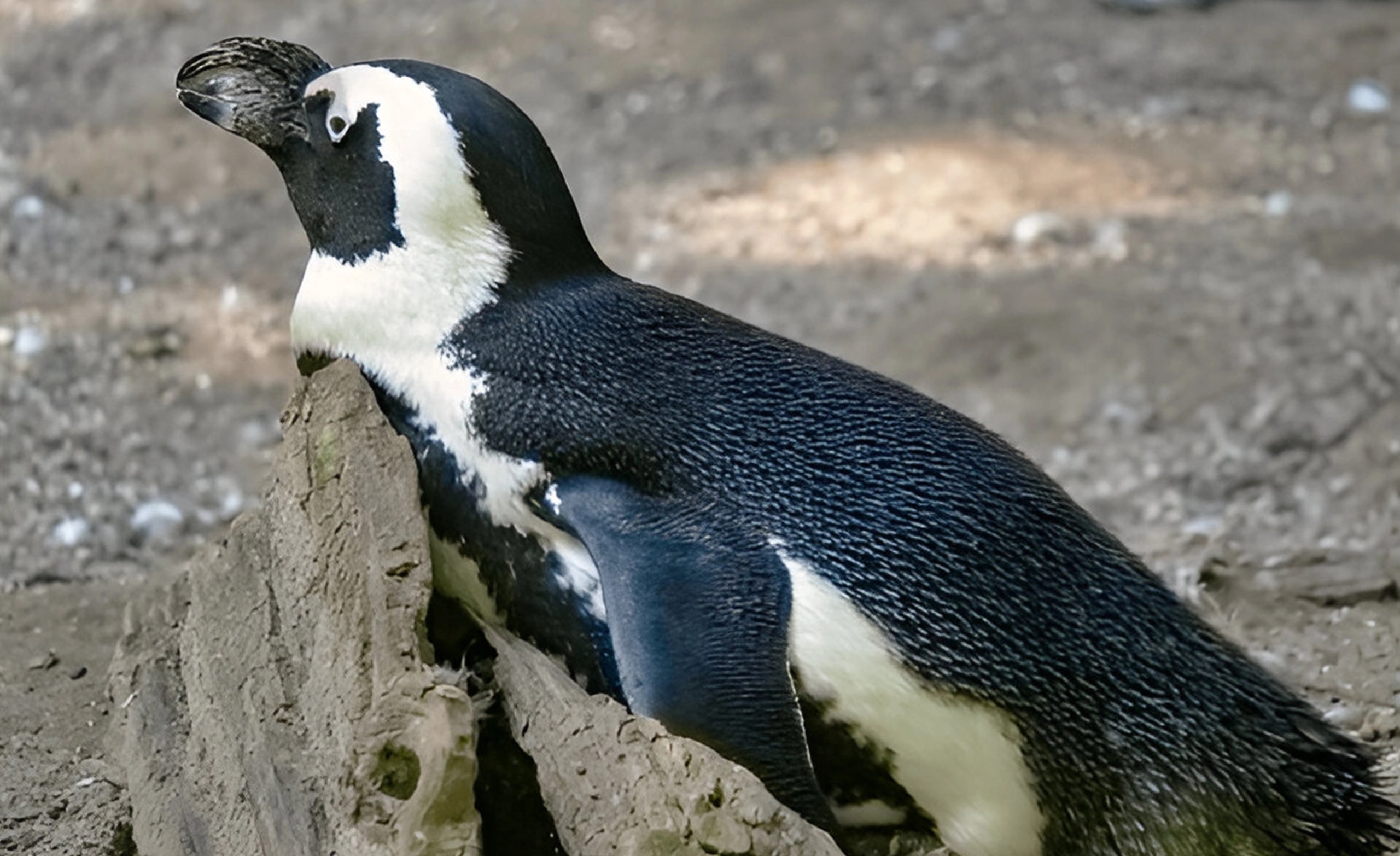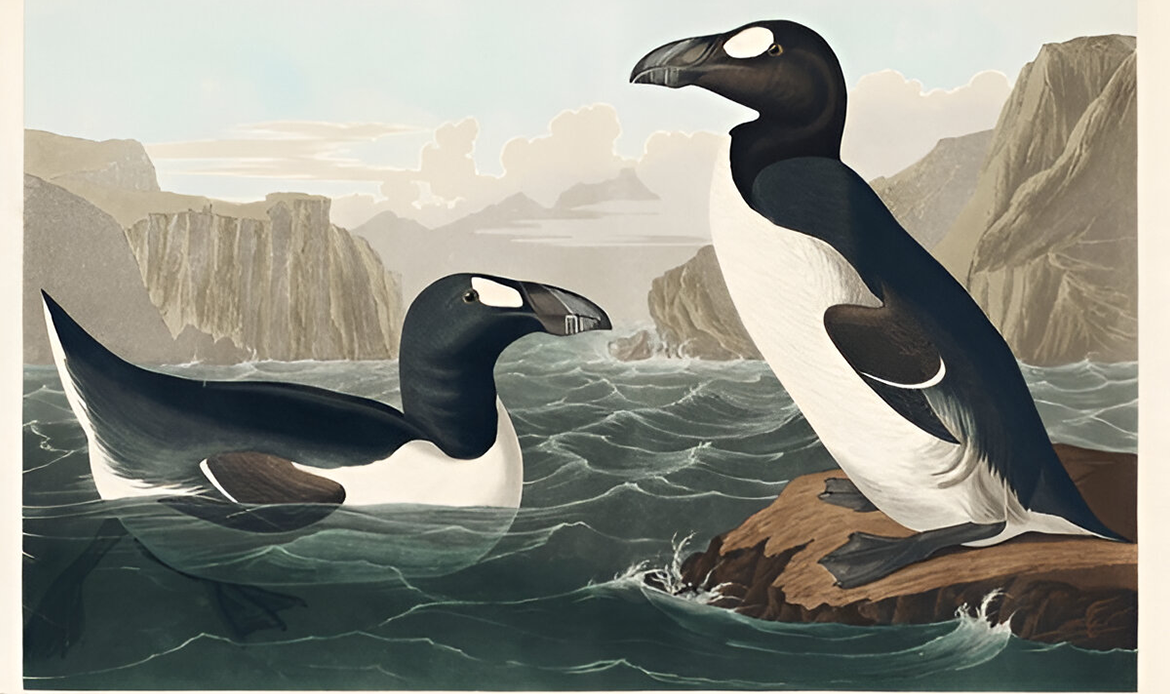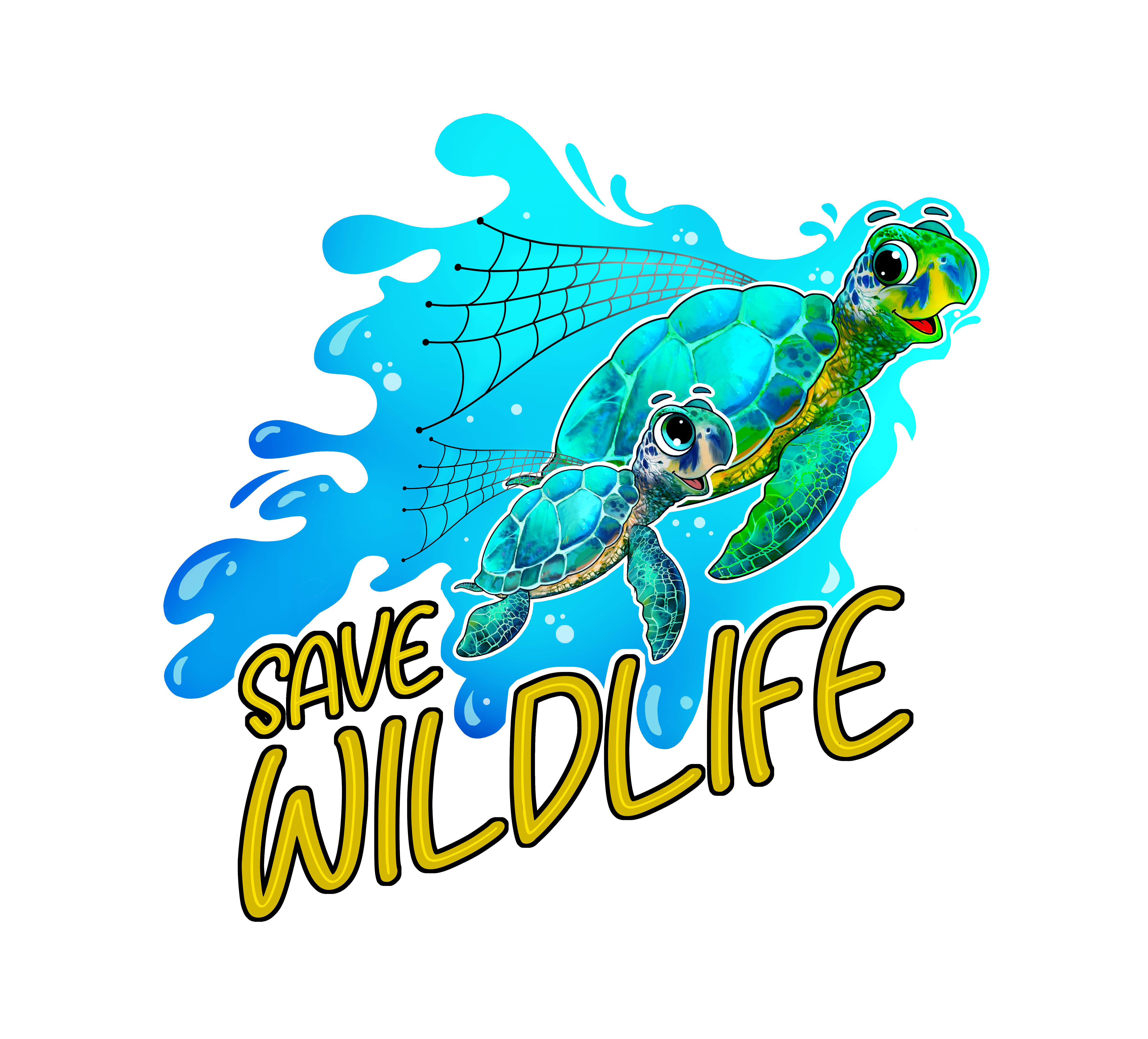
How the Great Auk’s Extinction Inspires Us to Help Save Wildlife Now?
Help save wildlife – it’s not just a saying; it is a call to action that history has inscribed with sorrowful ink. There are countless tragedies in the story of our planet, but that of the Great Auk (Pinguinus impennis) is a stark reminder of the consequences when human greed and negligence outweigh nature. If we can learn to understand how and, more importantly, why this species disappeared entirely, we can learn important lessons that will allow us to protect present endangered species and ultimately allow us to avoid a history of apathy towards animal extinction awareness.
Table of Contents
The Great Auk: A Symbol of Lost Beauty
Once an abundant seabird species in the North Atlantic, the Great Auk was almost three feet tall and did not fly. It was an excellent swimmer and diver, using its wings as flippers to capture fish. The Great Auk’s inability to fly made it extremely easy to hunt.
By the 1800s, Great Auks were hunted for feathers, meat, and oil, and in combination with extensive egg harvesting and hunting, this led to the extinction of the species. Finding the last confirmed pair killed in 1844 on Eldey Island, Iceland, was a vastly saddening, irreversible loss to the natural world.
The Great Auk’s story is an alarming case of a species that would soon vanish without the appropriate prioritization to protect wildlife.
Why the Great Auk’s Story Matters Today?
The extinction of the Great Auk extinguished one bird species, but more importantly, it closed a window of interaction in its ecosystem. Modern-day parallel cases include the Amur leopard, pangolin, and a host of marine mammals.
Should one species be lost, consequences that may lead to entire food chains’ destabilisation take their toll, alongside the livelihoods of human communities, not to mention the alterations in Earth’s processes.
Modern Threats to Wildlife
As in the case of *Pinguinus impennis*, the greater Auks, hunting was the major cause of extinction. Present-day species now face a plethora of threats, including:
- Habitat destruction from logging, urbanization, and agriculture.
- Climate change is affecting prey availability and seasonal breeding.
- Poaching and wildlife trade. Pollution, especially plastic pollution, in oceans.
- Overfishing is disturbing marine ecosystems.
It is these threats that offer one of the best arguments for the wildlife conservation messages being attached to its people at the local and governmental and worldwide levels, allowing direct action to help save wildlife.
The Role of Animal Extinction Awareness
Many of the prominent lessons that nature has taught from the Great Auk is the fact that animal extinction awareness has to be popularized and maintained. If the mass society does not know of such species and therefore does not feel any emotional attachment to the species, conservation movements lack the necessary momentum to go forward and accomplish results.
Museums, documentaries, and internet campaigns work to keep these narratives alive while encouraging the masses to do something before it is too late
How You Can Help Save Wildlife
From the Great Auk’s story, here is what individuals can do nowadays:
- Donate money or volunteer time with a conservation nonprofit.
- Lower your carbon footprint to mitigate further impacts of climate change.
- Do not buy any product associated with poaching or habitat destruction.
- Participate in citizen science endeavours that monitor endangered species.
- Lobby for stricter environmental protection laws.
Even the smallest of actions could really be working toward the activity to protect wildlife and probably start its way toward creating a safe future for all species.

A Call for Stronger Wildlife Conservation Policies
Every action a person takes is important, but big-scale change means government intervention and global cooperation. We will need policies to carry out sustainable fishing, limit deforestation, and establish marine reserve areas.
International agreements such as the Convention on Biological Diversity (CBD) and CITES (the Convention on International Trade in Endangered Species) are hugely significant in protecting vulnerable species.
Last Words of Encouragement
The extinction of the Great Auk is not just a tragedy; it is a warning that we have the ability to heed. In many ways, every endangered species of animals existing today stands to benefit from the outcome of the Great Auk, as species at an ecological crossroads, with both choices before us influencing the outcomes of thriving or going extinct like the Great Auk.
When we pledge ourselves to protect wildlife, raise our voice for animal extinction awareness and work towards wildlife conservation, we are doing more than preserving endangered animals; we are preserving the delicate life web that upholds and sustains all life on earth.
It is never too late to do something. Let the memory of the Great Auk teach us how to help save wildlife before the same fate befalls it!
Frequently Asked Questions
Q1: Why did the Great Auk go extinct?
The Great Auk was hunted mainly for its meat, and its feathers and oils were commodities. Egg collecting and habitat disturbance further precipitated the dwindling of the population until by 1844, the last known birds were put down.
Q2: What does the Great Auk’s story have to do with contemporary conservation?
It is a cautionary tale for the speciation process that can be accomplished within a short period in the absence of protective legislation and the creation of public awareness.
Q3: What would be the best thing we could do to help save wildlife right now?
Donate to conservation organizations, minimize personal impact on the environment, and lobby for stringent protection laws for wildlife.
Q4: Can the Great Auk ever be brought back from extinction?
There are ongoing discussions within scientific circles about its de-extinction through genetic research, although still in the experimental phase.
Q5: Which species are most at risk today?
The Amur leopard, Vaquita porpoise, Sumatran orangutan and Hawksbill Sea-turtle are critically endangered species. If immediate action is not taken, they will hardly survive for just a few decades.
